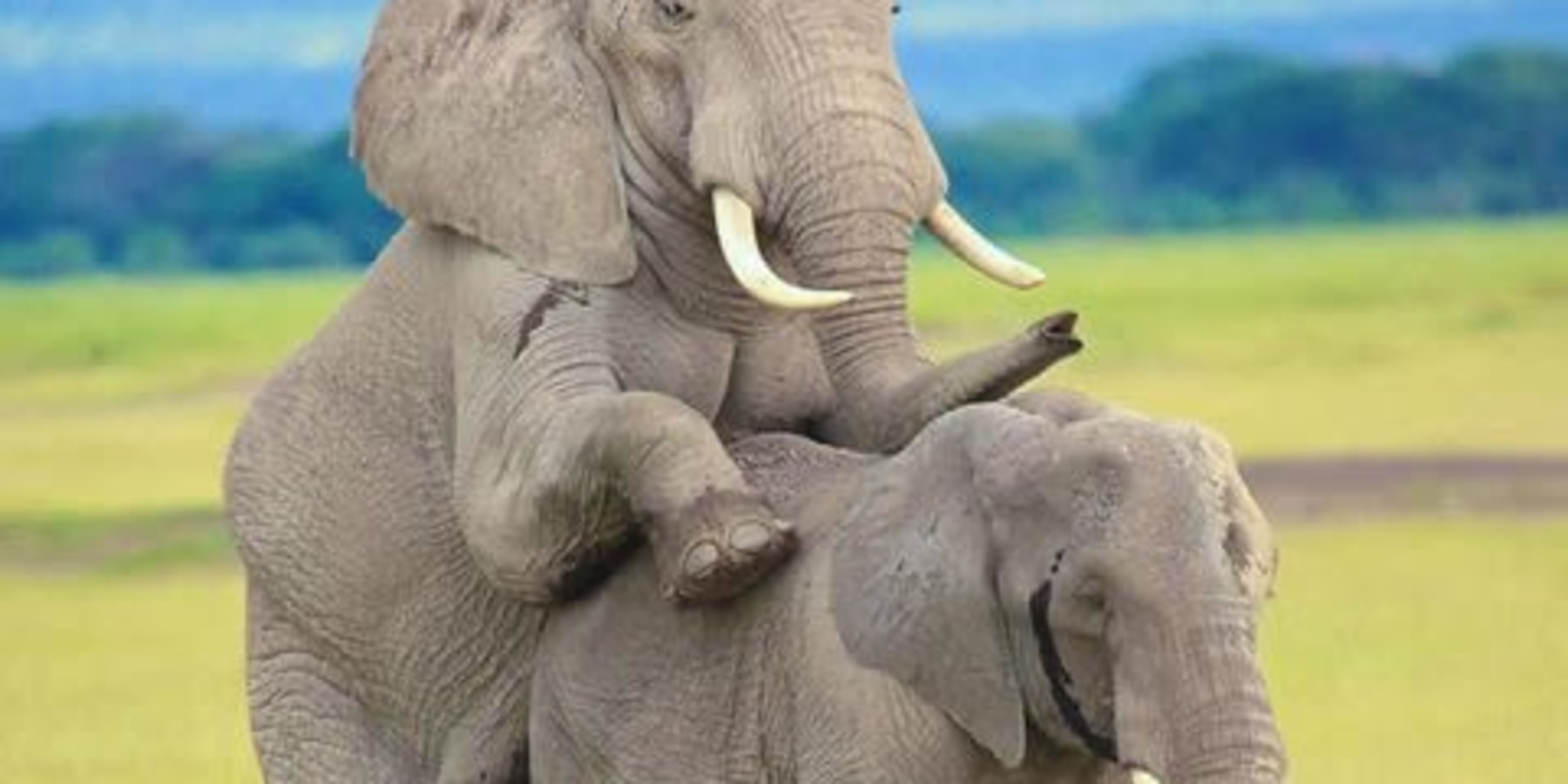
African Elephant is also known as Savannah Elephants
The elephant herds are matriarch-led. The family will consist of an older matriarch, her daughters (usually about 3 or 4 of them) and their calves. A typical elephant family usually comprises 6 to 12 individual elephants but can expand to a larger group of 20. The females will assist each other with the birth and care of their young. This "babysitting" is a very important part of the young elephant's development as it prepares her for when she is a first-time mother. The matriarch is replaced by one of her daughters (usually the oldest) when she dies.
When travelling vast areas in search of food, the herd is led by the matriarch. The others follow her footsteps in a single file. In this formation, they search for food and water. Calves hold on to the tails of their mothers with their trunks. The other females of the herd ensure that the calves are protected from outside dangers at all times by surrounding them as much as possible. The herd is fluid enough to compensate for unforeseen circumstances (such as the death of one of the mothers, where other mothers allow the orphaned calf to suckle).
Bulls stick to a bachelor (all-male) pod in which they live and travel. They have nothing to do with the rearing or caring of the young. When the male calves in the herd mature into adolescence, they will also break away from the herd, gradually at first, and form bachelor pods with their peers.
Elephants are capable of forming very special bonds with their friends and family members. These relationships start at the core of the herd, i.e. mother and calf. But, they radiate out, and there have been astounding reports of lifelong bonds between elephants that have transcended time and even distance apart.
#AfricantripswithGodie
#Visitrwandatanzaniauganda
#Mammalsofeastafrica

